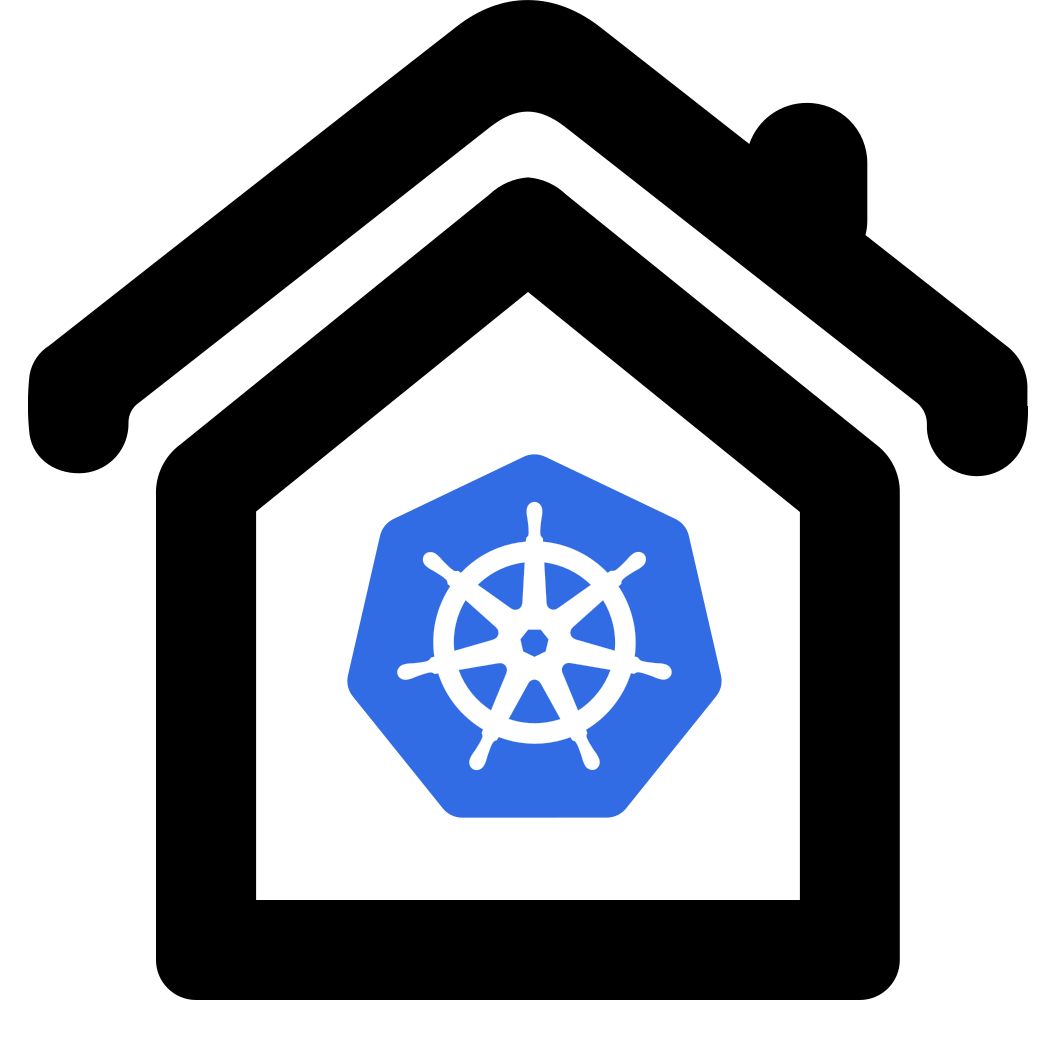Helm
 Helm charts are a convenient way to install all sorts of curated applications in our cluster
(like databases, dashboards, visualizations, …).
Helm charts are a convenient way to install all sorts of curated applications in our cluster
(like databases, dashboards, visualizations, …).
 Helm hub
is for Kubernetes what
Helm hub
is for Kubernetes what
 Docker hub is for containers.
Docker hub is for containers.- Helm installation scripts are called charts and provide a simple to use templating solution
- Many curated and trusted charts already exist for popular applications
- Deployment of Helm charts is easier to maintain because they relieve from copying/pasting/modifying lengthy manifests with lots of details
- Helm charts are a good choice for development/production or blue/green deployments
Configuration
Add a alias helm='microk8s helm3' line to your servers ~/.bash_aliases and close/reopen the remote terminal
and check with alias :
alias kubectl='microk8s kubectl'
alias helm='microk8s helm3'
Now Helm3 will be the default helm installation.
In many cases microk8s enable <app> serves the same purpose as helm install <chart>.
However helm charts have the benefit of more in-depth documentation and most of them offer
many customization options. That’s not always a benefit for beginners as its easy to drown
in options. But there is a huge benefit with helm charts as they will work
in any cloud environment.
From an educational pov there is no difference between your single node
microk8s home server and a multi node cluster.
In this tutorial we will prefer helm charts where it seems appropriate.
Adding applications
TL;DR
For the impatient lets just add some popular application catalogs to our installation. We can then browse these catalogs and directly install helm charts from the command line.
# 1) This is the most popular 'stable' helm catalog
helm repo add stable https://charts.helm.sh/stable
# 2) Bitnami offers 'curated' and well maintained helm charts for many apps - see below
helm repo add bitnami https://charts.bitnami.com/bitnami
# 3) The 'official' nginx ingress resource which is maintained by the community
helm repo add ingress-nginx https://kubernetes.github.io/ingress-nginx
# Get a list of all repos ready for installation
helm search repo
Details
1)  Helm charts
are the canonical source for
Helm charts
are the canonical source for  Helm Hub
and usually the first place to shop for maintained and documented charts. If a chart is marked
‘DEPRECATED’ follow the links to its new location or browse one of the other chart catalogs.
Helm Hub
and usually the first place to shop for maintained and documented charts. If a chart is marked
‘DEPRECATED’ follow the links to its new location or browse one of the other chart catalogs.
# browse the stable repo or inspect a particular chart
helm search repo stable
helm show chart stable/prometheus
2)  Bitnami as a well-known chart provider.
Bitnami maintains a broad range of curated helm charts which (as of today) have the benefit of
good documentation and good reputation.
Bitnami as a well-known chart provider.
Bitnami maintains a broad range of curated helm charts which (as of today) have the benefit of
good documentation and good reputation.
 Bitnami on github
Bitnami on github
Browse Bitnamis Kubernetes Helm  repository online
repository online
# browse the bitnami repo
helm search repo bitnami
There is one notable downside of Bitnami charts as of today as they do not support Multiarch images - that means they will not work on ARM architectures (e.g. Raspberry).
Congrats - Now we have direct access to a broad range of applications - many of them ready to install with a single command.
NOTE : Chart source moved to https://github.com/traefik/whoami



 14:15 Helm and Helm Charts explained
14:15 Helm and Helm Charts explained